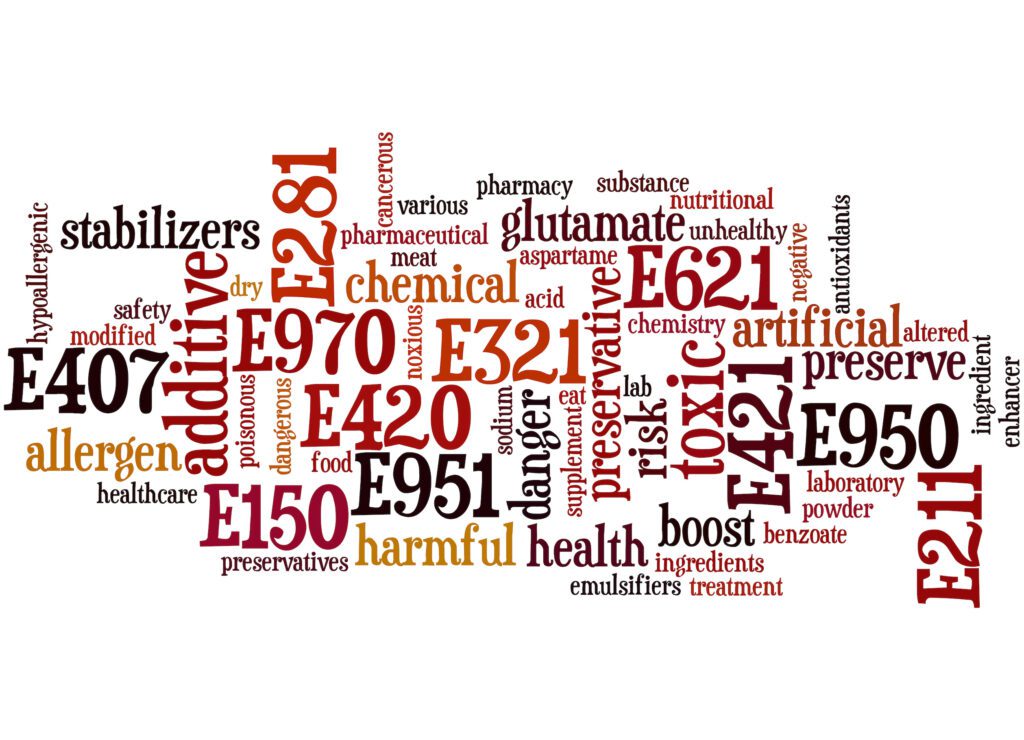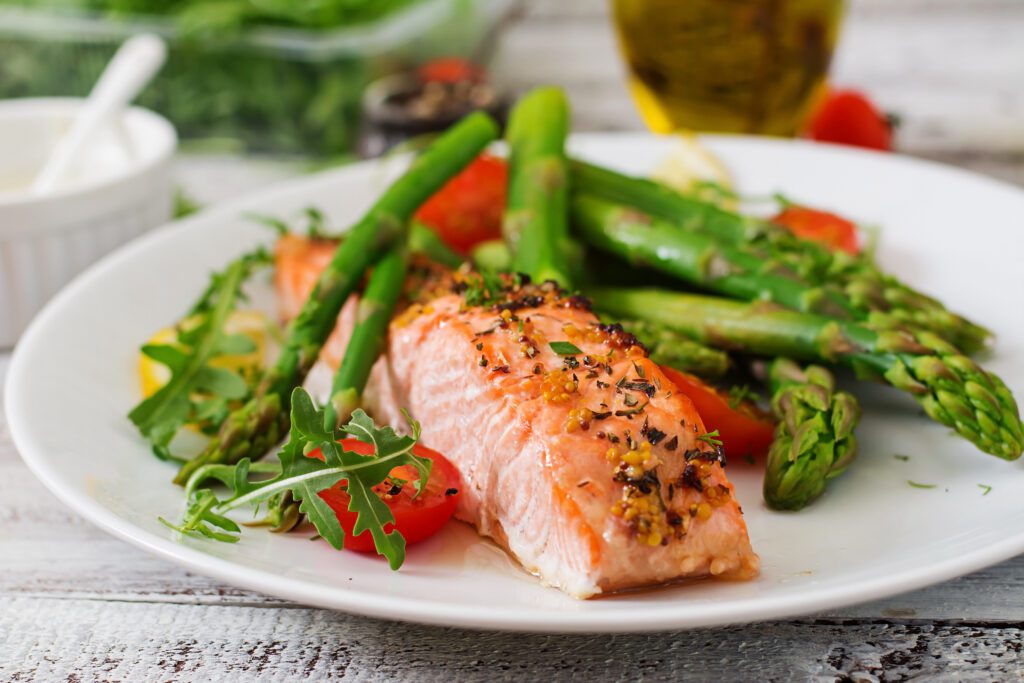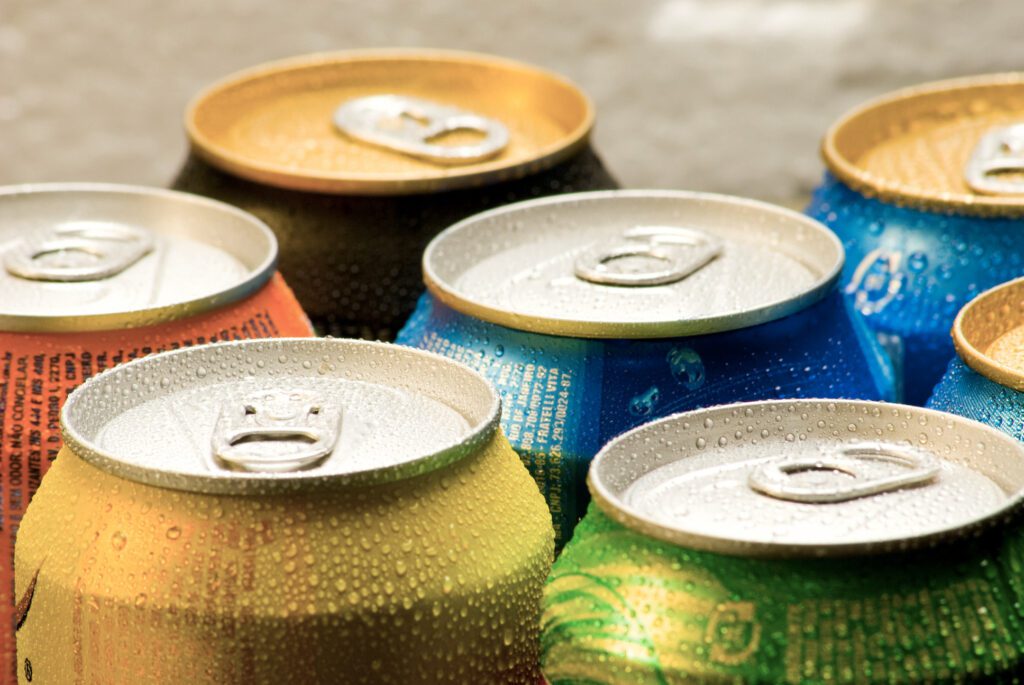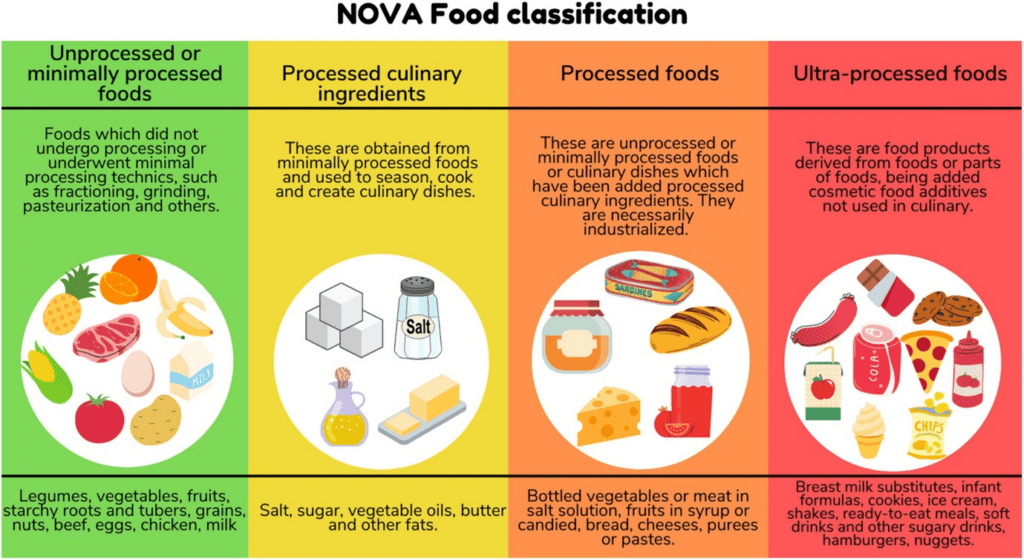
Eat Real Food for Health
Two things caught my interest in the news this past month. They both relate to ‘food’ and ‘health’ but made no mention of the importance of eating real food for health. In my opinion, they missed the wood for the trees. This blog post discusses the recent update on aspartame and ultra-processed foods. It talks about how to eat real food for health, now and into the future.

WHO Rules that Aspartame is not a Carcinogen
First, a few definitions.
What is Aspartame?
Aspartame is an artificial sweetener that is widely used as a sugar alternative in food and drinks. The food industry present it as a healthy alternative to sucrose. It is a means to eat sweet things without the damage caused by… eating sweet things. It is approximately 200 times sweeter than table sugar and is seen as a way to reduce calories.
Aspartame is found in a wide range of products, including soft drinks, sugar-free items, gum and breakfast cereals.
What is a Carcinogen?
A carcinogen is any substance or agent that has the potential to cause cancer in living tissues. These substances can be found in both natural and synthetic forms. They are known to induce genetic mutations, disrupt cellular functions and promote the growth of cancerous cells. Governments and public bodies spend time identifying and regulating carcinogens to protect public health.
Aspartame is approximately 200 times sweeter than table sugar
Potential Impacts of Aspartame on Human Health
It is easy to find anecdotal reports of adverse effects after consuming products containing aspartame. However, large scientific studies do not support the fact that aspartame intake negatively affects health. Therefore, public bodies such as the U.S. Food and Drug Administration (FDA) and the European Food Safety Authority (EFSA) have concluded that aspartame is safe for human consumption at approved levels.
Approved levels of aspartame are 0-40mg per kilo of body weight. An average can of diet soft drink will contain c. 250mg of aspartame. You can therefore drink a lot of diet soft drink before you go beyond the approved limits.

Is Aspartame Real Food?
No. It is a chemically synthesised sweetener. Do we have proof that intake above approved levels causes harm? It is labelled by the International Agency for Research on Cancer as ‘possibly carcinogenic’. Research is however limited and we don’t know at what level damage may be caused. Do we need to wait for larger, longer studies to prove or otherwise that aspartame can be safely consumed as part of our everyday diets? My opinion is no. It is not a real food, so we shouldn’t eat it.
Does Aspartame Help with Diabetes and Obesity?
A large 2018 systematic review and meta-analysis concluded that there was no benefit gained from consuming aspartame in relation to metabolic variables associated with diabetes and obesity. The fact is that individuals need help and support to reduce their desire for and reliance on super-sweet foods, whether natural sugars or chemical. BANT practitioners are Registered Nutritional Therapy Practitioners, who are uniquely placed to provide this support. Clare is a BANT member where all practitioners are registrants on a Professional Standards Authority for Health and Social Care (PSA) accredited register held by the Complementary and Natural Healthcare Council (CNHC). If you would like to discuss your own intake of aspartame-containing foods and how to reduce them, book a free call with Clare here.
Scientific Advisory Committee for Nutrition (SACN) and Ultra-processed Foods
The other news item that had me shouting at the radio this past month was the latest ruling on ultra-processed foods. In July of this year, the Scientific Advisory Committee for Nutrition (SACN) considered their advice on ultra-processed foods. And yes, aspartame is one of the most prevalent ‘foods’ in the ultra-processed food category.
Food Classification Systems
The issue of definition of what constitutes a ‘processed’ or ‘ultra-processed’ food already causes discussion and debate. The classification system used by SACN in their recent review was NOVA. This system categorises foods into four groups based on their degree of processing:

The problem with classifying food is that it is hard to find a perfect solution. The consumption of tins of tomatoes and sardines for example, will have limited, if any detrimental impacts on health. And yet they sit in the ‘processed’ NOVA category. Depending on your starting point, they may well contribute in a positive way. This is where a PSA-accredited BANT Nutrition Practitioner can help individuals personalise their diet and lifestyle. Recommendations based on the science, without getting too tied up with formal classifications.
It was the formal classification system where SACN first stumbled in their recent review. Given the imperfections of the classification system, they stated that it is currently impossible to definitively rule on the impacts of processed food consumption on health. They felt impelled to sit on the fence. And this despite acknowledging that the evidence in terms of consumption of ultra-processed and adverse health outcomes is consistently reported.
Check out this short video where Clare chats with Dr Jessica Rigutto, both members of the Nutrition Evidence Editorial Board, where the NOVA system is used in a scientific study on ultra-processed food and maternal health.
Randomised Controlled Trials v. Observational Studies
The second non-ruling from SACN when it comes to ultra-processed foods was in relation to the quality of the available science. Many of the studies used in their review were observational, rather than the gold standard of randomised controlled trials. Observational studies are criticised for their dietary assessment methods, negligible effect sizes and difficulties with confounding factors, for example BMI and smoking, which may not be taken into account.

The reality is that observational studies are often the only way to assess nutritional impacts over the longer term, given the complexities of human life. And as this review article indicates, we have a general consensus on what constitutes a ‘healthy diet’ and no where in the world does it consist of significant amounts of ultra-processed foods. So why sit on the fence when it comes to making recommendations for the general population to follow? The latest ‘update’ from SACN is no update at all and only fuels the confusion that reigns among the population on what and how to eat real food for health.
Eat Read Food for Health
I understand that it is easier for me to stand in my Registered Nutritional Therapy Practitioner shoes, than those worn by public servants on SACN advising on public health policy. But for me, it comes down to this: neither aspartame nor ultra-processed foods are ‘real food’ and have no place in diets. We can get too bound up with classification systems and good quality science, when the obvious is staring us in the face. In the 2 cases discussed here – aspartame and ultra-processed foods – we do not need to sit on the fence because of classification systems and imperfect science. It just plain does not make sense to eat heavily processed ‘junk’ (clue in the name) when the alternative is to eat real food for your health. It may be an over-used quote, but it sums it all up too perfectly:
Eat food. Not too much. Mostly plants.
Michael Pollan
Yes indeed. Thank you Michael Pollan for seeing the wood despite the trees.
If you are feeling confused about what constitutes ‘real’ food, then you are not alone. Fortunately, we have 3000+ BANT Nutrition Practitioners who live and breathe (and eat) this stuff all day long, all year round. If you are looking for help with this for yourself or as part of a community group, then please book a free call with Clare to discuss your requirements. Or check out the Find a Practitioner function on the BANT website.
For more thoughts on nutrition and its place in our healthcare system, please have a read here. If you are looking for a starter for 10, have a read here and here.
